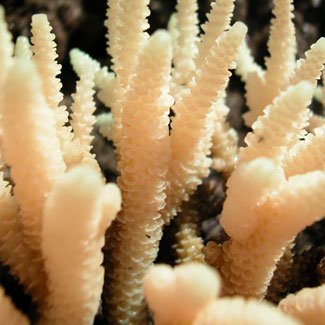News: Bleached coral threatens GBR

Australian scientists have warned that coral of the Great Barrier Reef could be doomed even if an agreement is reached at the Copenhagen Climate Change Conference in December.
According to the Centre of Excellence for Coral Reef Studies (CoECRS), the likely target of 450 parts per million (ppm) of atmospheric carbon dioxide might not be enough to prevent the devastating impacts of climate change on the world’s coral.
Coral reefs are sensitive not only to small ocean temperature variations, but also to increases in the acidity of sea water due to more carbon dioxide dissolved into sea water.
Professor Ove Hoegh-Guldberg of the University of Queensland said: “If CO2 levels are allowed to continue to approach 450 ppm . . . reefs will be in rapid and terminal decline world-wide from mass coral bleaching, ocean acidification, and other environmental impacts associated with climate change.”
Mass coral bleaching occurs when warmer than normal summer ocean temperatures disrupt the relationship between coral and the friendly brown algae on which they rely for energy and growth. The loss of the algae from the tissue of the coral leaves it looking white or “bleached”.
On the other hand, acidification slows the growth of coral by reducing the supply of carbonates, which are the chemical building blocks of the coral hard skeletons.
In addition to effects on the greater ecosystem of the reef, the consequences of damage to coral could be catastrophic to the Queensland tourism industry. A 2008 report commissioned by the Great Barrier Reef Marine Park Authority estimated the marine park contributes $5.4 billion to the Australian economy each year and that 95% of this is directly or indirectly related to tourism.
A recent paper from CoECRS researchers argues that a long term limit of 325 ppm atmospheric carbon dioxide is required to protect corals. This is even more ambitious that the 350 ppm target currently being recommended by prominent climate change expert and NASA scientist James Hansen.
The researchers said that emissions from industrialised countries in 2020 need to be reduced by 25 percent below their 2000 levels just to limit CO2 to 450 ppm.
What’s next?
To see the key findings, view the factsheet here.
For more coral imagery: GALLERY: Life under the sea

